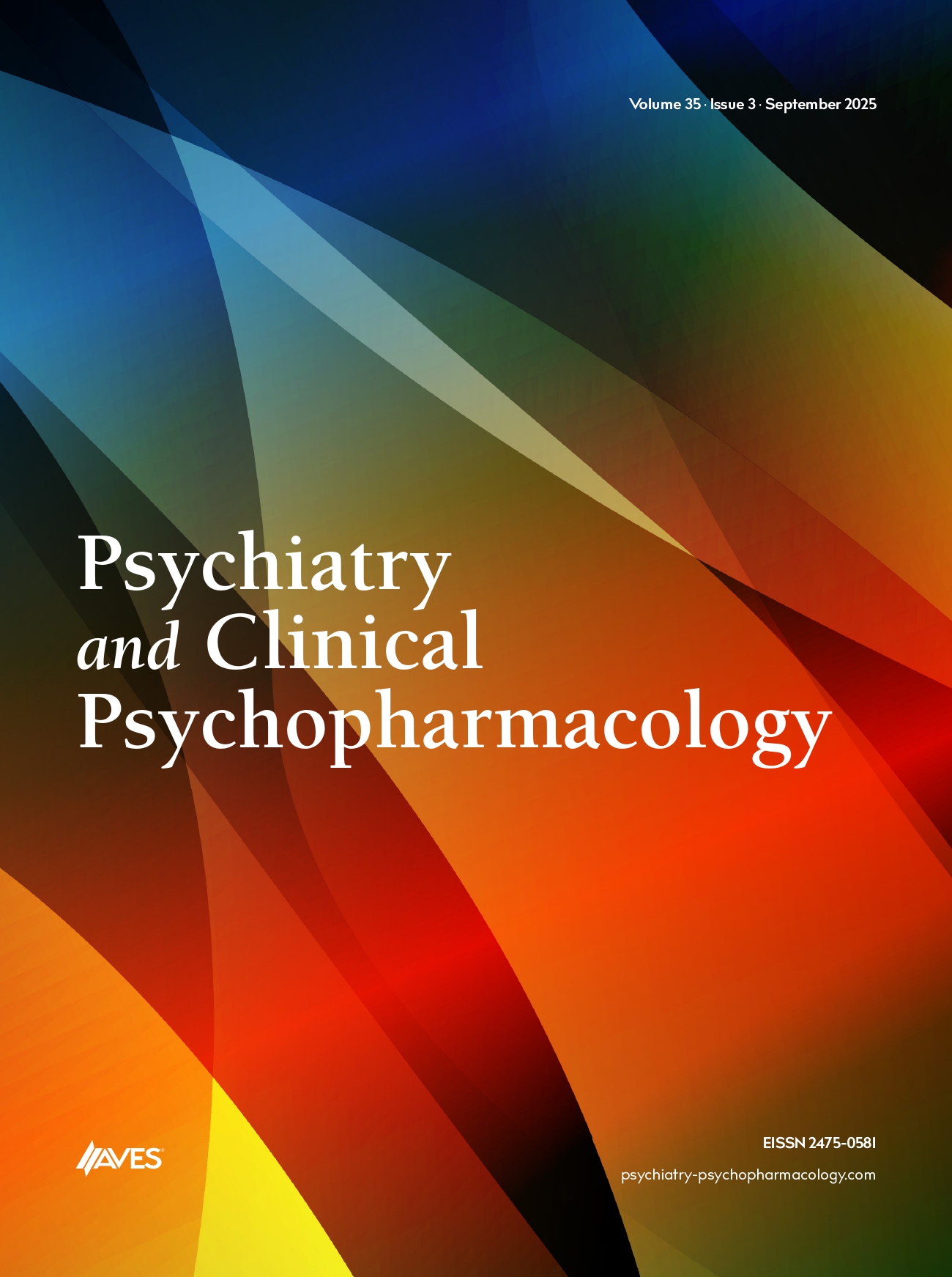Hypnosis is a misnomer first used by Scottish Surgeon James Braid for a phenomenon probably as ancient as mammalian history. After the Austrian Neuropsychiatrist Sigmund Freud has fouled hypnosis in order to glorify his own theory, especially American Psychiatrist Milton Hyland Erickson rebuilt the reputation of hypnosis (1).
In 1846, James Esdaile successfully performed 345 major operations by using mesmeric method in India. English surgeon John Ellitson mentioned similar success in many operations in 1843. With the introduction of ether in 1846 and chloroform in 1847, the mesmeric method, which has already serious oppositions, was forgotten. Hypnosis may be used alone or in combination with other methods. Its use in cancer pain, especially during the terminal phase, may reduce the requirement for opioids, or even totally eliminate them. Hypnosis may help the patients to experience with their consciousness fully open and free from side-effects like grogginess of the opioids during last phase before their terminal coma. It can be used in burns and for pain free labor. In dentistry it can be used for analgesia, dentists' chair phobia, and getting rid of gag reşex. It is effective in 30 to 50 percent of phantom limb pain cases.
Hypnosis is reported to be effective for the treatment of migraine and other headaches and in many other pain syndromes; I also have a lot of anecdotal evidence. The approach should be adjusted for the patient; the skill and experience of the hypnotist, his or her relationship with the patient and the patient's personal characteristics and preferences must be adjusted according to all of these. Indeed, hypnotic procedures may help people who are not much hypnotizable. For example, in cases experiencing both pain and tension intensively, even induction of relaxation reduces pain and in many of the hypnotic procedures, relaxation is utilized. If the patients cooperate well and accepts the procedure seriously, even if they are not hypnotizable, they may practice the hypnotist's relaxation suggestions with success while sitting or lying comfortably (2).
The principal techniques are (2,3): 1) Direct suggestion, 2) Utterance of neurophysiological metaphors, 3) Glove anesthesia replacement technique, 4) Replacement pain symptom's site or differentiating the pain symptom, 5) Dissociation by using the imagination, 6) Technique of different interpretation of pain, 7) Auto-hypnosis (self-hypnosis).
As a summary, the effect of hypnosis on pain is mediated by two mechanisms:
1) Muscle relaxation,
2) Change in perception and cognitive distraction.
Hypnotherapy can be effective in many painful syndromes if suitable patients are chosen. Group psychotherapy and hypnosis can be effective in the treatment of cancer patients' pain (4).
References:
1. Doksat R. Tatbikatı ve Nazariyatı ile Hipnotizma. İstanbul: Kader Basımevi, 1962. 253-281.
2. Doksat MK. Ağrı ve Psikiyatri. Bursa: Psikiyatri ve Sanat Yayın Evi, 2003. 165-172.
3. Arred Barabasz, Johnn G Watkins Hypnotherapeutic Techniques 2E. New York: Brunner-Routledge. 2005. 219-239.
4. Porter LS, Keefe FJ. Psychosocial issues in cancer pain. Curr Pain Headache Rep. 2011 Aug;15(4):263-70.


.png)
.png)